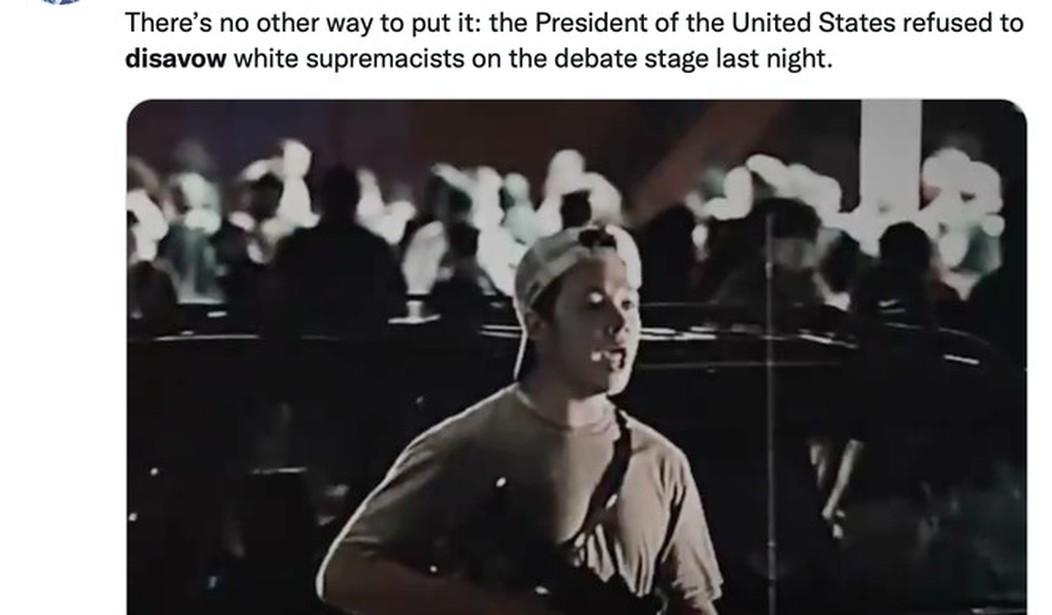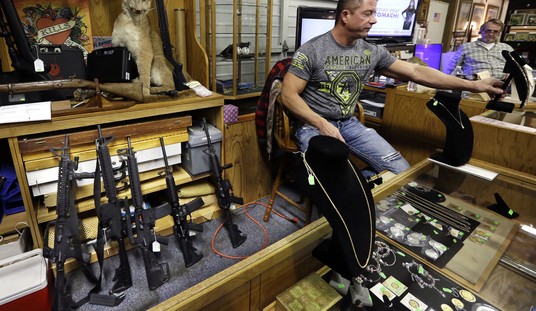The Editorial Board of the St. Louis Post-Dispatch recently published an editorial titled, “Rittenhouse case underscores why nationwide age floor of 21 is needed for guns.”
Since 1984, the nationwide legal drinking age has been 21 for good reasons. Young people’s brains are still developing, which affects their judgment and cognitive abilities. That, along with raging hormones, boosts the chances of impulsive decision-making. It’s a dumb idea to add alcohol to an already unstable mix. It makes even less sense to add firearms to that unstable mix. Perhaps it’s time to start applying the same age restrictions on firearms that federal law places on alcohol.
Setting aside the fact that the right to keep and bear arms is an enumerated right, and thus beyond any surrender negotiation, research indicates that young people’s brains aren’t fully developed until they’re 25 years old. Therefore, the age cutoff proposed by the St. Louis Post-Dispatch Editorial Board is too low using their own brain research rationale. And if judgment and cognitive abilities are a concern, why are 18- to 20-year-olds allowed to vote? Why not go full Taliban and legally prevent intermingling of the sexes if you’re worried about raging hormones and impulsive decision-making?
The editorial continues:
The Kyle Rittenhouse trial in Wisconsin underscores what happens when a fully loaded, semi-automatic firearm is placed in the hands of an impulsive kid.
The trial is ongoing, and we may have a verdict soon, but all the videos that I’ve watched show that Rittenhouse exercised remarkable restraint in the use of force. He retreated when faced with a threat. He had 30 rounds to dispense and only shot 8 of those rounds. In each instance, he stopped shooting immediately after the threat ceased. The best example of this is the shooting of Gaige Grosskreutz; Rittenhouse lowered his rifle after Grosskreutz did a feint and raised his hands, and then quickly fired once – only once – when Grosskreutz drew his handgun and pointed it at Rittenhouse. The impulsiveness was exhibited by the much-older Grosskreutz, who dissembled instead of following the de-escalation that Rittenhouse initiated.
Even though multiple people among the protesters and vigilantes were carrying firearms, Rittenhouse — a kid with a gun he should not have had — is the only one who shot and killed anyone.
Perhaps the difference between the other armed people and Rittenhouse was that Rittenhouse was attacked and chased by a mob, and thus needed to shoot to defend his own life?
Between 2009 and 2018, gun suicides by minors increased by 82%, according to CDC statistics.
There are various theories as to why depression and suicide have increased among minors; one theory implicates social media and smartphone use. Using suicides as a pretext to restrict guns among young adults is shameless agenda-driven policymaking.
The Giffords Law Center says that 18- to 20-year-olds comprise just 4% of the population but account for 17% of known homicide offenders. St. Louis homicide statistics reflect that same disproportion.
According to FBI data for the years 2017 (archived), 2018 (archived), and 2019 (archived), 18- to 20-year-olds commit crimes at a lower rate than 21- to 24-year-olds. Using the same data linked above, I calculated the Murder and nonnegligent manslaughter rates for ages 18-24, and found that for each year, there wasn’t much of a difference for those ages. For what it’s worth, my calculated numbers range from 15.49%–15.59% and don’t line up with Giffords’ 17% claim. I couldn’t find the breakdown in the FBI statistics for firearms vs. non-firearms homicide data, so I cannot tell what percentage of those crimes were committed using firearms vs. non-firearms methods; Giffords doesn’t provide the breakdown either. Another important data point that’s unavailable is how many of the criminals were prohibited persons to begin with, which may have a serious impact on the Editorial Board’s demand.
Whenever any limits on firearms ownership come into the public discussion, there’s a knee-jerk reaction to cite Second Amendment protections. But that’s a moot point, since most states place age limits on the purchase and possession of firearms. So the only question is: What’s the right age? If 21 is good enough for alcohol, it deserves to be the minimum age for firearms as well.
The difference between alcohol and firearms is that ownership of the latter is a protected right. The editorial started out by using Rittenhouse’s age and the Kenosha incident as a pretext for limiting the rights of young adults to own firearms. Although it’s unfair to compare Rittenhouse, who used his gun in self-defense, to Stephen Paddock, a calculating mass-murderer, the Editorial Board’s logic of exploiting one incident involving a 17-year-old leads to a question: why not use Stephen Paddock’s age to raise the age floor to 65 and violate constitutional rights of everyone less than that age? I’ll bet you the Editorial Board would love to do that if they could. Unfortunately for them, some rights are guaranteed to us, and statistical chicanery isn’t a tool meant to abridge those rights.









Join the conversation as a VIP Member